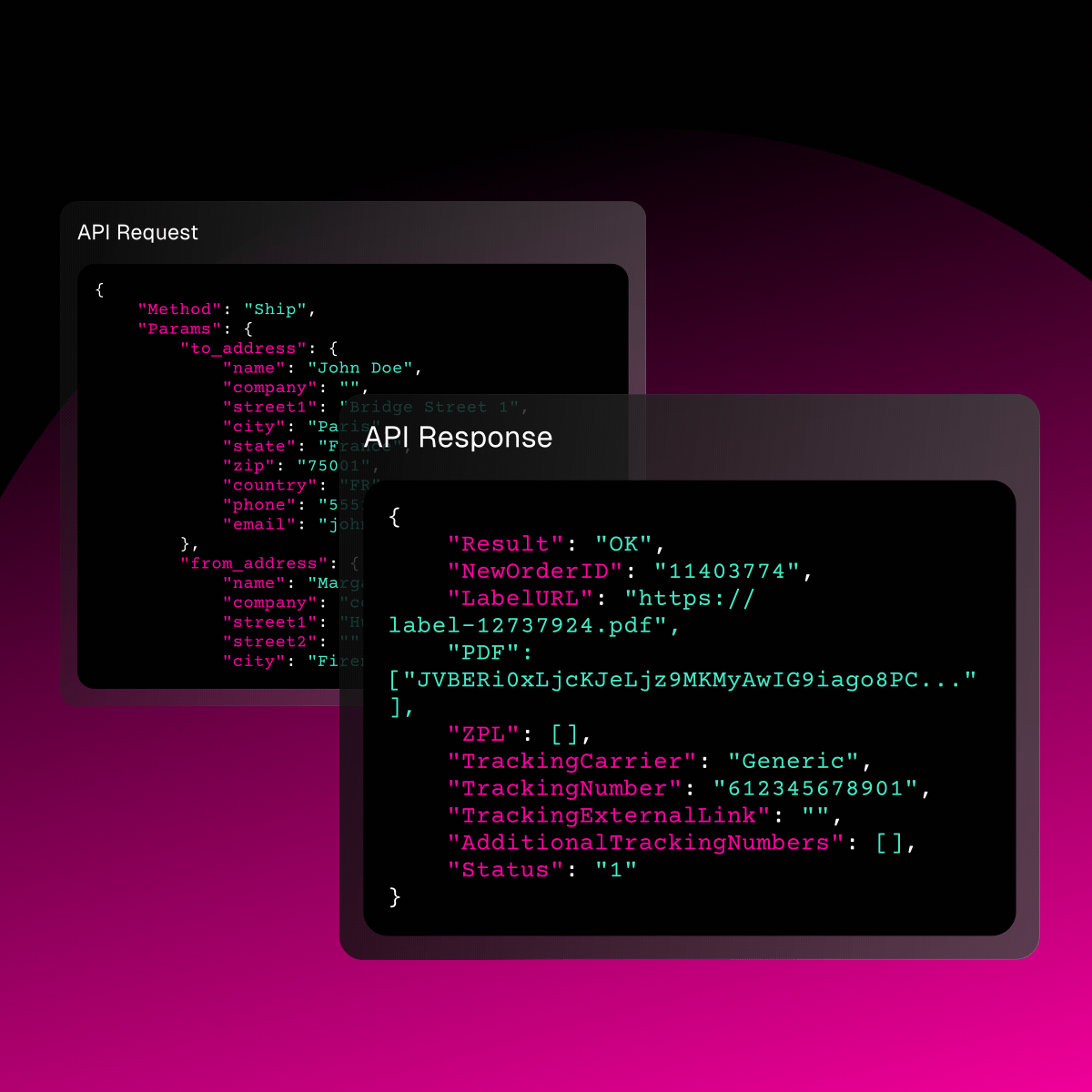Maximising efficiency: understanding Days in Inventory (DII)

How long will my stock last and how long will it take for it to convert into sales? This burning question is common to all business managers. Good news is there is a way to calculate it that can save the day: Days in Inventory (DII).
In this article you will find out how DII can turn your inventory into profit, help you avoid capital tie ups and reduce your warehousing expenses.
Table of contents
- Days in Inventory (DII) definition
- Importance of monitoring DII for businesses
- How to calculate DII
- Factors influencing DII
- Benefits of Optimising DII
- Strategies to Reduce DII
- Days in Inventory FAQs
What is Days in Inventory (DII)
Days in inventory, also known as Days Inventory Outstanding (DIO), is a financial ratio that describes how long it takes for a company to turn inventory into sales. It provides extremely valuable data on a business’ inventory management efficiency and, depending on the results, may indicate that there are areas that require improvement.
Typically, when DII is high, it means sales are going slower, whereas a lower number suggests a faster inventory turnover. Knowing this formula helps businesses understand the number of days current inventory might last, which is very important when planning stock updates.
Importance of monitoring DII for businesses
Monitoring DII can prevent a series of logistical complications, helping businesses make more informed procurement and production decisions.
1. Measure of efficiency
Monitoring DII and interpreting the results in context, can be a precious indicator of a business’ efficiency. It is important to interpret these values over time and not in isolation. Having said this, calculating days in inventory regularly can even help retailers spot sales trends; a lower DII value may suggest that a new sales strategy is effective or, on the contrary, a high number might mean a new one is required.
2. Align inventory levels with customer demand
Imagine customers ordering your products online only to find out there are none left in stock. Not only will this make them turn to a competitor but you risk losing very important sales opportunities. This will have a huge impact on overall growth and may damage your brand image.
How to calculate DII
The easiest way to calculate DII is to apply the following formula:
Days in inventory = [(average inventory) / (Cost of Good Sold COGS)] x (No. days in a period)
-
Average inventory
= (Beginning Inventory + Ending Inventory) / 2 -
No. of days in a period
= any time frame, which can be weekly/ quarterly/ yearly
Factors influencing DII
As mentioned before, DII values cannot be isolated from industry-specific considerations and seasonality, which are both very important factors that can influence the interpretation of your result. In fact, different industries have different supply dynamics and demand patterns. For example, if we think of a food processing company, their DII will inevitably be much lower than that of a metal processing company. Moreover, a high DII value may generally suggest inefficiency in supply management but can also mean that a company is keeping large amounts of stock to fulfil future orders during peak-season.
In short, DII can provide valuable insights when interpreted in context and compared to competitors who operate in similar sectors and with similar demand patterns.
Benefits of optimising DII
Improved of cash flow management and lower warehouse costs
Having cash tied up in inventory can cause a series of problems with negative consequences on the long-term, for instance the inability to pay suppliers on time and free up cash for other investment opportunities or needs.
Reducing holding costs and obsolescence risks
Keeping an eye on days in inventory allows retailers to reduce warehousing expenses and excess inventory holding costs, which can become a real financial burden. This allows for better resource allocation, since revenue is generated faster.
Enhancing customer satisfaction
Being responsive to customer demand is fundamental to ensure a high level of customer satisfaction and loyalty. In fact, having the necessary stock available will enable businesses to fulfil orders faster and accurately, without inefficiencies that could have a negative impact on future sales. Moreover, having the right amount of stock at the right time means having adequate space to accommodate demand fluctuations. In practice, if there is a sudden increase in demand for a specific product, you can capitalise on the trend, precisely because you have sufficient space to stock up on it.
Competitive advantage in the market
Optimising DII provides businesses with a competitive edge, both in terms of supply management and customer experience. Being able to respond flexibly to market changes and shifts in demand, puts them ahead of competition. Also, by avoiding overstocking scenarios, businesses reduce their storage expenses. These cost savings enable them to invest in other areas or implement competitive pricing strategies that position them ahead of others operating in the same industry.
Strategies to reduce DII
1. Efficient supply chain management
Technology and automation play a crucial role in efficient supply chain management, streamlining processes and improving accuracy. This helps to reduce errors and improve visibility through the entire supply chain. In fact, tracking inventory and receiving reorder notifications promptly enables more cost-effective and precise management operations.
2. Accurate demand forecasting and inventory planning
High values of DII could be an indicator of inventory building up. Investing in software that analyses business historical sales data is useful to forecast demand accurately and plan inventory accordingly. This strategy will avoid excessive build ups and help identify which items are more likely to sell.
3. Implementing just-in-time (JIT) inventory practices
Just-in-time inventory practices ensures the right amount of stock is available just when it is needed, eliminating waste and reducing expenses. JIT implies collaborating closely with suppliers and that the entire organisation is coordinated, by regularly analysing data and leveraging technology for real-time inventory visibility.
Days in Inventory FAQs
1. Should my business have low or high days in inventory? Which one is better?
Typically, low levels of days in inventory suggest that a business has fast inventory turnover (= inventory converts into sales quickly). Conversely, high numbers mean sales are going slower, thus indicating potential inefficiencies in inventory management. However, these values cannot be interpreted in isolation. In fact, different industries have different supply chain characteristics and requirements. Also seasonality can largely influence the interpretation of days in inventory, so it is crucial to consider specific factors in order to gain meaningful insights.
2. What's the difference between days in inventory and inventory turnover?
Days in Inventory measures the days it takes for your inventory to turn into sales, whereas inventory turnover focuses on how long it takes to sell stock completely and replenish with new stock.
But how to calculate inventory turnover in days?
Inventory turnover is calculated using the following formula:
Inventory Turnover = COGS / average inventory.
Now that the rate is determined, convert it into days:
365(or 360 if using a 30-day month) / Inventory Turnover ratio
3. What is an ideal inventory time or number?
There is no universal time or number applicable to all businesses. If a company wants to find out whether its DII value is acceptable or not, it should compare it with that of others operating in the sector who have similar characteristics, business models, demand patterns, supply dynamics, and objectives.
4. How can inventory management software help?
Inventory management software can reduce days in inventory values by improving visibility across the entire supply chain and by analysing data for more accurate demand forecasting. In this way, businesses can manage their stock efficiently and better plan future inventory.
5. How can businesses improve days in inventory?
Effective strategies to improve days in inventory are:
- Accurate demand forecast and planning
- Efficient supply chain management thanks to technology and automation
- Implementing JIT inventory practices
6. How do you calculate days in inventory?
The formula to calculate days in inventory is the following:
Days in inventory = [(average inventory) / (Cost of Good Sold or COGS)] x (No. days in a period)
7. What is the meaning of days of inventory?
Days in inventory is a financial ratio that calculates how long it takes for a business to turn inventory into sales. Calculating days in inventory is very useful to plan future inventory and free tied up capitals.
Passionate freelance copywriter, with a niche in ecommerce and logistics. When collaborating with ShippyPro, she loves writing about trends, marketing and communication strategies to help brands gain an edge in an ever-evolving digital landscape.











